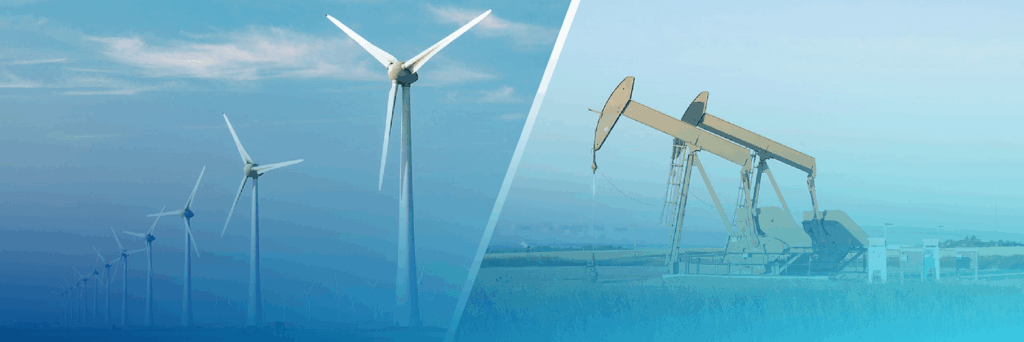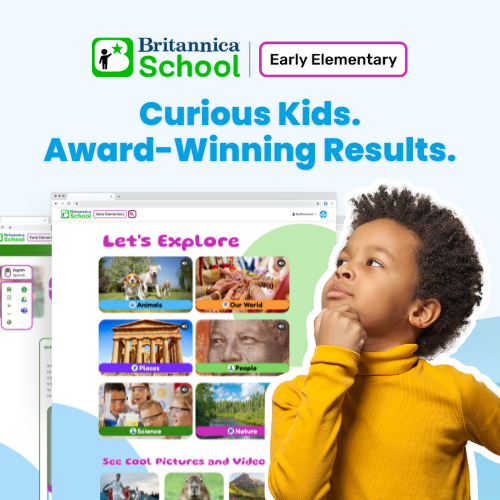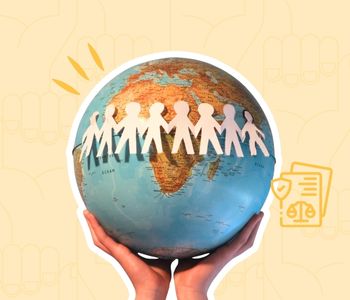

Renewable and Nonrenewable Resources: What’s the Difference?
Christopher Heintz
Table Of Contents
Natural resources are essential to our daily lives, from the food we eat to the energy we use. Teaching young learners about them is crucial, especially the two types of resources: renewable and non-renewable. With Earth Day around the corner, it’s an ideal opportunity to educate your students on the differences between these resources and how to use them sustainably. With the help of Britannica School, students can embark on a journey to discover the benefits and challenges of each. Engage your students with our interactive video and ready-to-use classroom activity.
Renewable Natural Resources
Renewable resources are natural resources that can be replenished naturally over time and are not depleted when used. Some examples of renewable resources include sunlight, water, wind, and trees. We can use these resources to generate power, heat our homes, and provide us with food and building supplies.
One of the most significant benefits of renewable resources is their sustainability, as they can be used repeatedly without running out. Additionally, renewable resources don’t produce pollution, making them a cleaner alternative to non-renewable resources.
However, renewable resources do have their challenges. If we don’t manage some renewable resources, like trees and fish, carefully, they may become overused. For example, the Atlantic cod fishing industry in Canada collapsed in the 1990s due to overfishing, and it may never recover. Additionally, renewable energy sources like wind and solar power aren’t always reliable, making them difficult to rely on as the only source of energy.
Non-Renewable Natural Resources
Non-renewable resources are natural resources that cannot be replenished in a short amount of time and are finite. Examples of non-renewable resources include metals, rocks, minerals, and fossil fuels. We use these resources to generate electricity and power our vehicles, but they pollute the air and cause environmental problems.
Non-renewable resources are limited, and their availability will eventually run out. As they become scarce, they will also become more expensive, making them difficult for people to access.
Activity: Natural vs. Renewable Natural Resources Sort
Objective: This interactive activity will help students differentiate between natural and renewable resources and identify examples of each type.
Materials:
Examples of natural and renewable resources (e.g., coal, sunlight, wind, natural gas, nuclear, geothermal energy, oil)
Examples of natural and renewable resources (e.g., coal, sunlight, wind, natural gas, nuclear, geothermal energy, oil)
Instructions:
1. Explain to the students the difference between natural and renewable resources, using the information from this blog post as a guide.
2. Hand out the cards with examples of natural and renewable resources to the students, and have them sort the cards into the appropriate columns on the sorting chart.
3. After the students have finished sorting the cards, review the answers as a class, discussing any questions or misconceptions that may have arisen.
4. As an extension activity, have the students brainstorm additional examples of natural and renewable resources and add them to the sorting chart.
Teaching students the differences between renewable and nonrenewable resources is essential to make informed decisions about how we use these resources sustainably. Renewable resources have several advantages, including sustainability and being a cleaner alternative to non-renewable resources. However, they do have challenges, such as being unreliable. Non-renewable resources have advantages, but their limited availability makes it necessary to use them wisely and find alternatives. By learning about the benefits and challenges of each resource type, we can work towards a more sustainable future.
Information sourced from Britannica School. Not a subscriber? Contact us to learn more.

About the Author
Christopher Heintz
Customer Experience Director
Chris began his career in education as a high school social studies teacher in Chicago. Since then, he’s served in various roles in education management helping teachers navigate the complex world of assessments, data, curriculum, and instruction. Throughout it all, he’s been dedicated to one thing—providing teachers with the tools they need to create positive outcomes for the students in their care!











